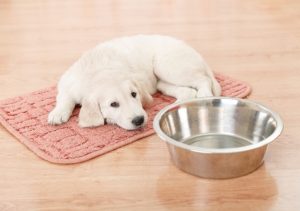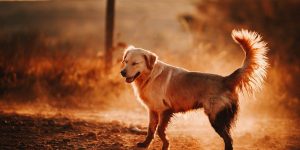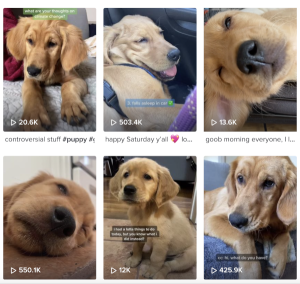Rabbit slobber, drooling, ptyalism or sialorrhea refers to uncontrollable dripping of saliva from a rabbit’s mouth (hypersalivation) which can lead to several other problems including dental problems, moist dermatitis, alopecia among others.
Risk factors for this condition include rabbits with overgrown teeth, an abnormal bite or those whose larger part of their diet is pellets and soft foods.

Causes
If your rabbit is drooling, there are several conditions that may be causing it. Some of the common ones include the following:
- Overgrown teeth and dental malocclusion (misaligned teeth). Also, tooth abscesses, dental fractures, molar spurs, may be a cause.
- “Central or autonomic nervous disorder - a disorder affecting the part of the nervous system controlling automatic functions including heart rate, respiration, and saliva production.” [1]
- Gut and oral cavity bacterial infections (those that affect soft tissue inside the mouth or gut)
- The use of certain medications
- Medical conditions including gingivitis, pneumonia, respiratory problems, tetanus, and metabolic diseases.
- Overheating or heatstroke
- Stomatitis characterized by soreness as well as an inflamed oral cavity (inflammation inside this pet's mouth).
- Ingestion of toxins, bitter or nasty tasting foods, electrical shocks (caused by chewing live cables), food stuck in a rabbit's teeth, among others.
Symptoms
Some of the symptoms that might accompany ptyalism include the following
- Pain that will be signaled by a hunched position, teeth grinding, lethargy and your pet not able to groom or eat as usual.
- Alopecia on the face especially around the mouth, dewlap (for breeds that have it) and neck areas
- Pyotraumatic or moist dermatitis. Sometimes, “Pseudomonas, which turns fur to a characteristic blue color giving rise to the name Blue Fur disease” [2] may be observed
- A wet chin, paws, and dewlap – fur on these areas might be wet. Matting may also be noted on the fur around these areas.
- Weight loss
- Anorexia
- Nasal mucus discharge
- Tearing
- Facial asymmetry
- Thicker skinfolds
The exact symptoms your bunny will have may slightly vary depending on the actual underlying cause. However, there is a likelihood of noticing some of the above symptoms.
Diagnosis
Drooling in rabbits requires diagnosis by a vet. Your vet will conduct a dental examination and check for any neurological conditions. Also, a biopsy may be conducted if deemed necessary.
Your vet may also want to know the history of your rabbit in regard to this problem. This will include incidents of trauma, as well as diet, and environmental environment changes.
CT scans, X-rays and MRI may also be considered to see if abscesses are suspected as well as blood tests in case your vet suspects infections.
Treatment of drooling
Treatment options will depend on what diagnosis pinpoints as the cause of drooling. Fluid replacement therapies and forced syringe feeding with products such as Oxbow Critical Care for Herbivores or EmerAid Herbivore may be recommended to avoid problems such as GI stasis or hepatic lipidosis.
If due to dental problems, teeth trimming, extraction, or providing diets high in fiber such as unlimited amounts of hay may be the way to go.
In the case of tooth abscesses, various treatment options may be considered including the use of antibiotics, surgery to drain the abscesses among others.
Recovery and care
Some causes of ptyalism may require lifelong care and treatments while others can be corrected. Let your vet make follow-up treatments to help you manage this condition.
Also, there is a need for dietary changes to reduce the chances of overgrown teeth (i.e.., provide high fiber foods including hay and leafy greens to wear down teeth. Also chew toys will be of much help).
Finally, consider regular checkups by your vet especially if the drooling in rabbits recurs. Your vet will give you more ways to prevent it from recurring again.




Leave a Reply
You must be logged in to post a comment.